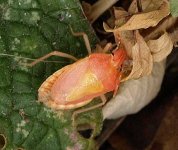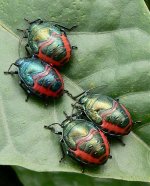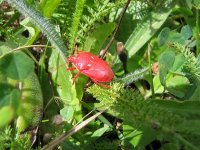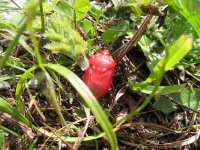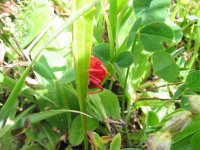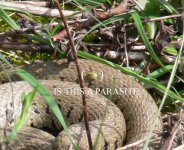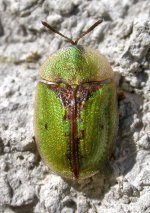Surreybirder
Ken Noble
Thanks, Harry. I've just bought "Insects of Britain and Western Europe" by Chinery which gives a good overview of the various groups but it says that there are several similar species (but perhaps not in the UK?).
BTW, have you looked at the post on what happens to butterflies in bad weather - sounds the sort of question you'd be able to answer!
Cheers,
Ken
BTW, have you looked at the post on what happens to butterflies in bad weather - sounds the sort of question you'd be able to answer!
Cheers,
Ken




